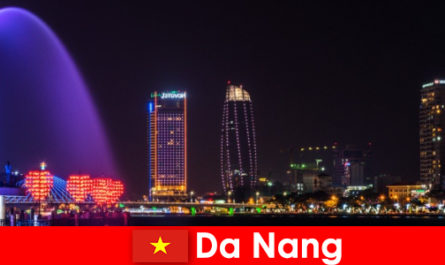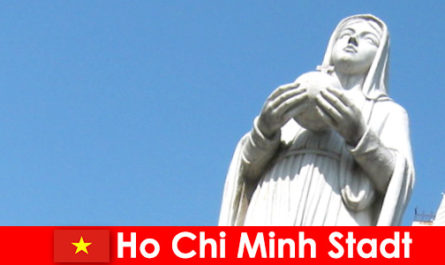The Temple of Literature
Since the temple of literature, which was built in the Ly Dynasty, is a tranquil oasis in the heart of Hanoi, it is easy to reach for tourists. This millennia-old Kunfucian construction is considered the most important temple of its kind in all of Vietnam and is a typical example of the long tradition of impressive Vietnamese architecture.

The name and the architecture
The name of the temple is misleading as it is neither a temple nor a religious complex. Rather, it once served as the first university in Vietnam, at which the sons of the mandarins and the gifted of the bourgeois aristocracy were mostly taught in literature and poetry. By the beginning of the twentieth century, more than a thousand mandarins had been trained. The eighty-two steles, which are also part of the UNESCO World Document Heritage, represent the names of the doctors who have achieved outstanding academic achievements. The facility was destroyed several times and rebuilt and restored over and over again. It is divided into five walled inner courtyards. On the outer gate is an inscription embedded in two steles that says that the rider should descend regardless of his rank and name. The central axis of the path begins behind this gate and leads to the main gate in front of the first courtyard, guarded by two stone dragons. The large central gate allows entry into the second courtyard. Access is also possible through the Gate of Acquired Talent, which is to the left and the Gate of Won Virtue, which is to the right. Inside there is a small garden, as well as Hanoi’s landmark and a two-story pavilion. This was the meeting place of the scholars to hold debates, speeches and readings. To the left and right of the main portal, two further gates provide access to the third inner courtyard. This is dominated by a pond that is laid out in a square and is called the source of heavenly light. In addition, there are eighty-two remaining stone steles, thirty-four are no longer there. Each stele stands on the back of a turtle, which embodies strength and a long life. Many steles have flowery patterns and complement the symbolism of yin and yang. The fourth inner courtyard and thus the actual temple area is entered through the Gate of Great Success. In the pavilions on either side, statues and altars were formerly kept, which served the memory of the seventy-two most famous disciples of Confucius. At the north end of the courtyard is the actual Confucius Temple, which consists of the Great House of Ceremonies and the Hall of Great Success with the Blessed Sacrament. The Confucius statue is framed by his four most important students in the middle of the darkened room, while the pedigree of another ten important students are on two altars to the side. The ceremonial hall is a squat building with a curved roof and a red and gold chancel. In addition, the bronze cranes standing on turtles, the carvings and the bonsai trees are very worth seeing. The fifth courtyard housed the academy’s classrooms and, from the fifteenth century, the dormitories of the graduates.
The Jadeberg Temple
This holy temple was built in the nineteenth century and stands on a small island that can be reached by tourists via a red wooden bridge. The name of the bridge is The – Huc means morning sun. Consecrated by Van Xuong, the patron god of writers, the Jade Mountain Temple is a contemporary witness of the history of Hanoi and is now used as a historical site for tourists, but also for church services. Another specialty is the giant turtle discovered and stuffed in the lake, which is exhibited in a side room.
Conclusion
A trip to Vietnam is a great enrichment, especially if Hanoi with its Temple of Literature and its Jade Mountain Temple is extensively visited.
 Dansk
Dansk Deutsch
Deutsch Español
Español Français
Français Indonesia
Indonesia Italiano
Italiano Magyar
Magyar Melayu
Melayu Nederlands
Nederlands Polski
Polski Português
Português Русский
Русский Română
Română Tiếng Việt
Tiếng Việt Türkçe
Türkçe Українська
Українська български
български Ελληνικα
Ελληνικα 한국어
한국어 हिन्दी
हिन्दी 日本語
日本語 简体中文
简体中文




